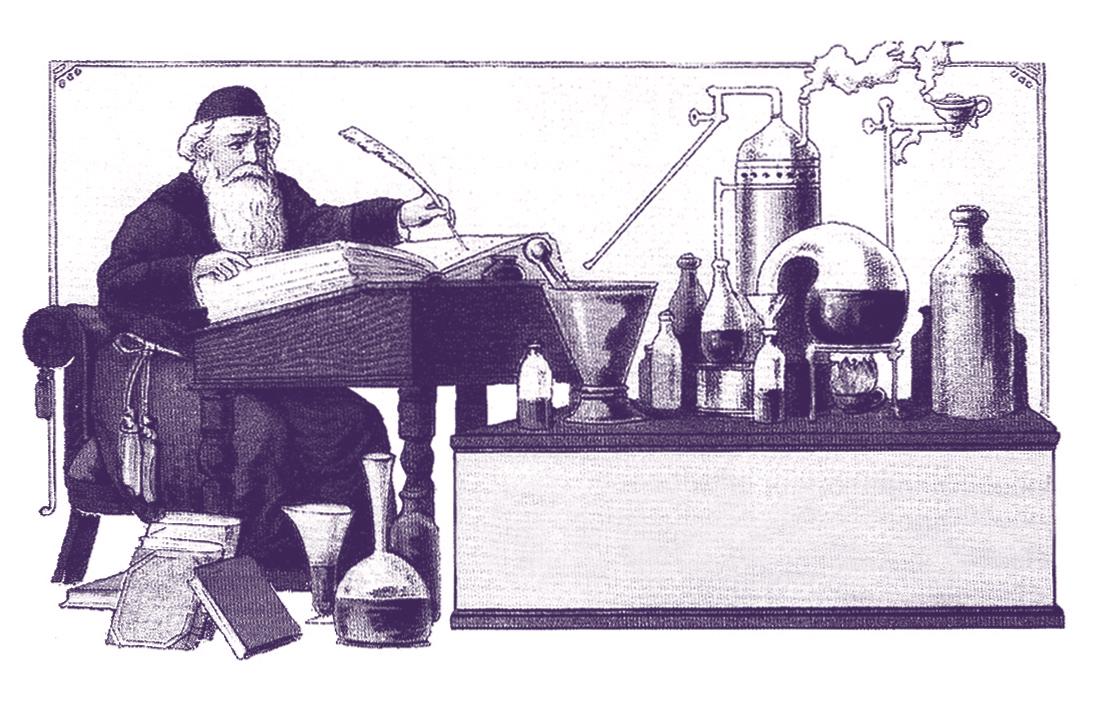Bottles and Extras
5
September - October 2020
The book quickly sold out, but we were not interested in selfprinting additional copies. Too much work. In late 2019, fellow collector and my longtime friend, Dennis Smith, of Buffalo, N.Y., e-mailed a proposition. He said he wanted to pay me back for all the free proof reading of a number of his own books dealing with early soft drinks. They were printed and sold through Amazon Books. Our book had been stored on a compact disc which we mailed to Dennis who took care of everything. He also wrote a review which will be published in future issues of Bottles and Extras, the Federation of Historical Bottle Collectors journal, as well as in Antique Bottle & Glass Collector published in Michigan. Our book is now available for $40 plus tax and shipping from Amazon Books. I don’t know the address, but the company can be reached on the Internet. I will be glad to personally sign books purchased by Horse Creek Antique Bottle and Pottery Club members at no charge.
Soda and Beer of North America http://www.sodasandbeers.com Have you checked this site out? Todd Von Mechow has put together a comprehensive site with tons of information on beer and soda bottles and information that goes beyond. Here is what is found on the Home page: The purpose of this site is to provide useful information for collectors, researchers, and novices on North American hand-made glass and pottery soda and beer bottles. It's not that we have anything against machine-made bottles, it's just that the scope of these bottles is too great to include in this work. Hand-made glass and pottery beer and soda bottles span over 150 years of use. In North America, the earliest marked and documented bottles date to the late 1810s and some forms were used until about 1920. In other parts of the world, marked beer and soda bottles were being used by 1810, and hand-blown bottles were used well into the Twentieth Century. Unmarked
HISTORY’S CORNER In Memory of Dick Watson longtime FOHBC Historian
By Jim Bender As part of bottle collecting, we as collectors have always welcomed insulator collectors to our shows. History shows that that insulators were first used in the 1850’s to hold telegraph wire and then later used for telephone and power wires. The shapes of the different insulators are designed to hold different wires. Many companies came up with a design that they felt was better and many did not work. In the early 1900’s you could buy 1000 Insulators for as little as 38.70. There are not records that colors were made for any reason other than what was available at the time. Colors are not wire types codes as many people sometimes think. Today insulators are made of ceramics due to costs and performance. As a kid I remember riding along seeing all the wires strung along the railroad tracks on glass insulators. Those days are long gone but the beautiful glass insulators will always be remembered in the great collections around the country. Insulators like bottles are a true work of art and always will be treasured . Watch each issue for a new installment of History’s Corner.
examples were used before marked examples. Machine-made glass bottles started to replace their hand-blown kin starting about 1905. Hand thrown bottles continued to be made into the 1920s, even though molding was prevalent. This site is packed with information and listings of over 34,465 bottles with over 40,000 variants from over 17,255 firms, so step inside.



















